Home / Albums / Natural History / Mammals 233

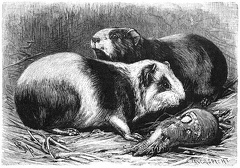 Guinea pig
Guinea pig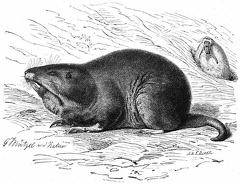 Gopher
Gopher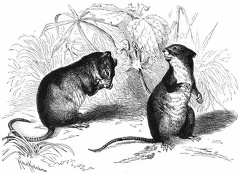 Field Mouse and Wood Mouse
Field Mouse and Wood Mouse European water vole
European water vole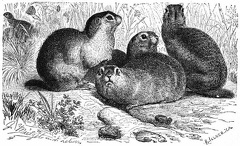 European Ground Squirrel
European Ground Squirrel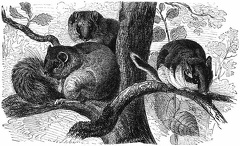 Edible Dormouse and Garden Dormouse
Edible Dormouse and Garden Dormouse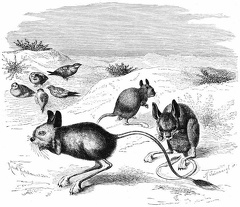 Desert jumping mouse
Desert jumping mouse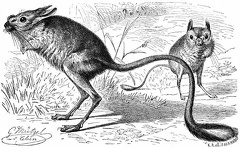 Dandelion jump mouse
Dandelion jump mouse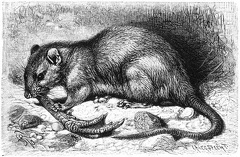 Brown Rat
Brown Rat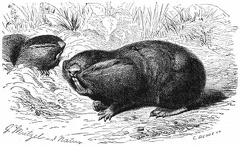 Blind mouse
Blind mouse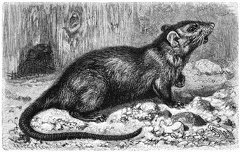 Black Rat
Black Rat Beaver
Beaver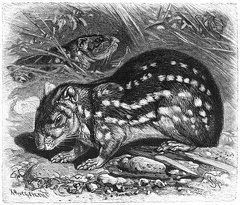 Paca
Paca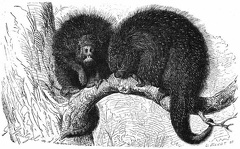 Tree-porcupine
Tree-porcupine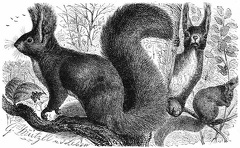 Squirrel
Squirrel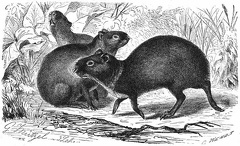 Red-Rumped Agouti
Red-Rumped Agouti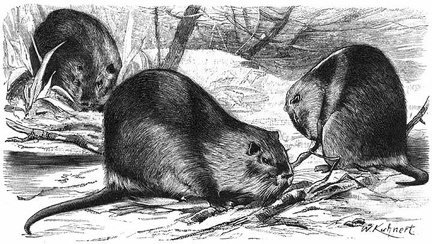 Rat Beaver
Rat Beaver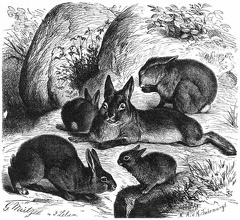 Rabbit
Rabbit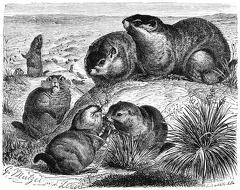 Prairie dog
Prairie dog Porcupine
Porcupine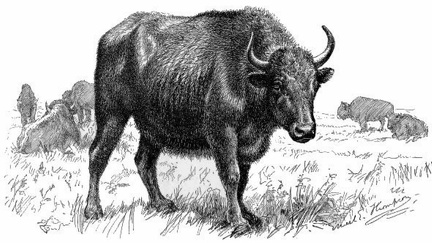 Half-breed (Buffalo-Domestic) Cow
Half-breed (Buffalo-Domestic) Cow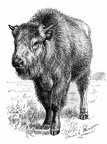 Half-breed (Buffalo-Domestic) Calf
Half-breed (Buffalo-Domestic) Calf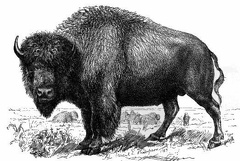 Bull Buffalo in National Museum Group
Bull Buffalo in National Museum Group Young Half-breed (Buffalo-Domestic) Bull
Young Half-breed (Buffalo-Domestic) Bull Scotch Colley, or Shepherds Dog
Scotch Colley, or Shepherds Dog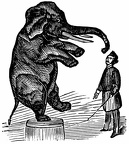 Performing Elephant
Performing Elephant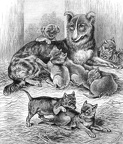 The dog took kindly to her foster-children
The dog took kindly to her foster-children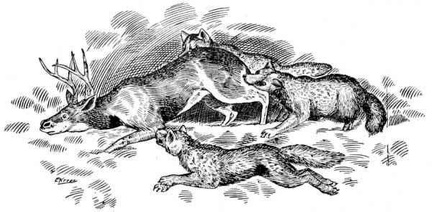 Wolves hunting a deer
Wolves hunting a deer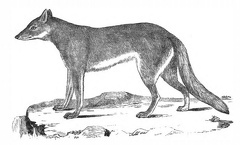 Syrian wolf
Syrian wolf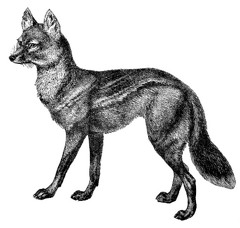 Side striped jackel
Side striped jackel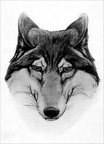 Wolf Head
Wolf Head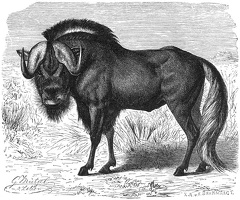 Wildebeest
Wildebeest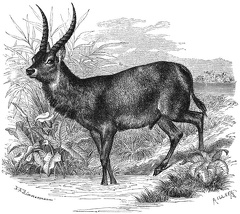 Waterbuck
Waterbuck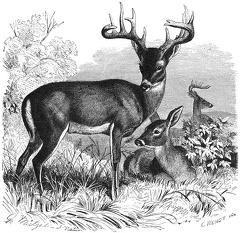 Virginia Deer
Virginia Deer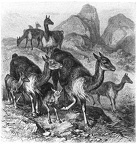 Vicuña
Vicuña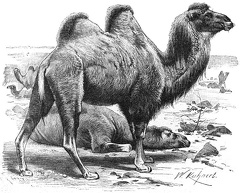 Two-humped Camel
Two-humped Camel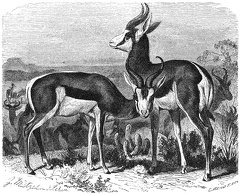 Springbok
Springbok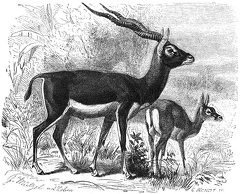 Sasi or Indian Antelope
Sasi or Indian Antelope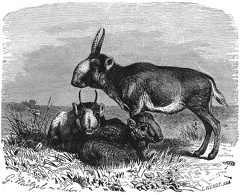 Saïga
Saïga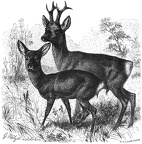 Roe deer
Roe deer Reindeer
Reindeer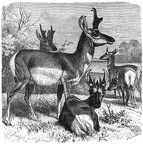 Pronghorn
Pronghorn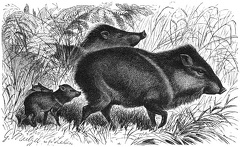 Pekari
Pekari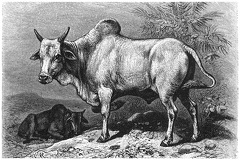 Zebu
Zebu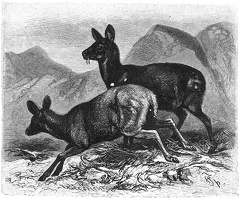 Muscian animal
Muscian animal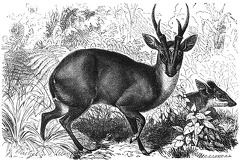 Muntjak
Muntjak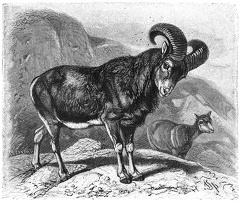 Mouflon
Mouflon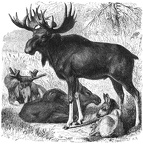 Moose
Moose Moon Sheep
Moon Sheep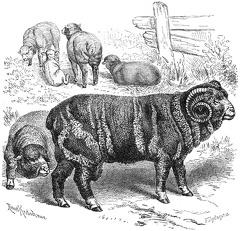 Merino sheep
Merino sheep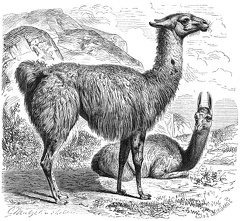 Llama
Llama Kudu
Kudu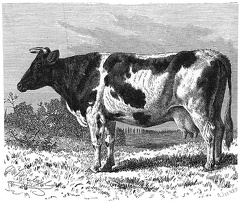 Hollandsch Rund
Hollandsch Rund Hippopotamus
Hippopotamus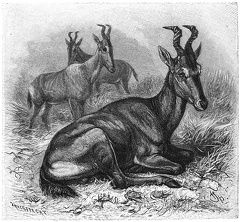 Hartebeest
Hartebeest Harrison boar
Harrison boar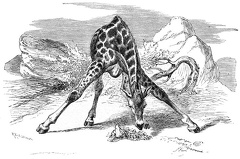 Giraffe, taking something from the bottom
Giraffe, taking something from the bottom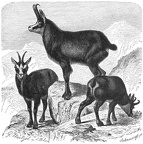 Gems
Gems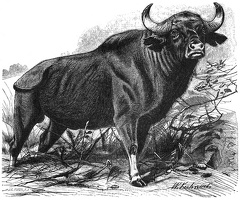 Gaur
Gaur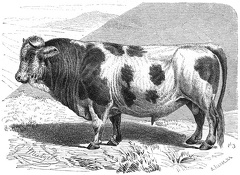 Freiburger Beef
Freiburger Beef



